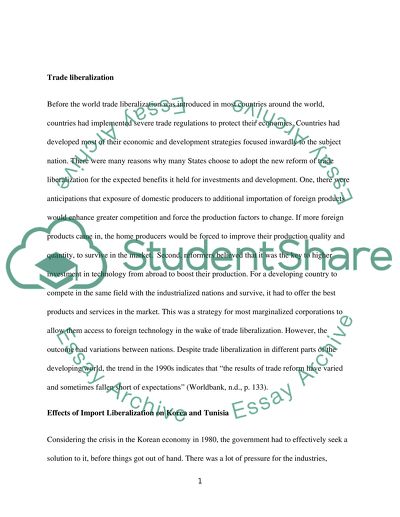Cite this document
(“Have neoliberal policies benefitted people in the developing world Essay”, n.d.)
Have neoliberal policies benefitted people in the developing world Essay. Retrieved from https://studentshare.org/social-science/1652032-have-neoliberal-policies-benefitted-people-in-the-developing-world-since-1980
Have neoliberal policies benefitted people in the developing world Essay. Retrieved from https://studentshare.org/social-science/1652032-have-neoliberal-policies-benefitted-people-in-the-developing-world-since-1980
(Have Neoliberal Policies Benefitted People in the Developing World Essay)
Have Neoliberal Policies Benefitted People in the Developing World Essay. https://studentshare.org/social-science/1652032-have-neoliberal-policies-benefitted-people-in-the-developing-world-since-1980.
Have Neoliberal Policies Benefitted People in the Developing World Essay. https://studentshare.org/social-science/1652032-have-neoliberal-policies-benefitted-people-in-the-developing-world-since-1980.
“Have Neoliberal Policies Benefitted People in the Developing World Essay”, n.d. https://studentshare.org/social-science/1652032-have-neoliberal-policies-benefitted-people-in-the-developing-world-since-1980.


